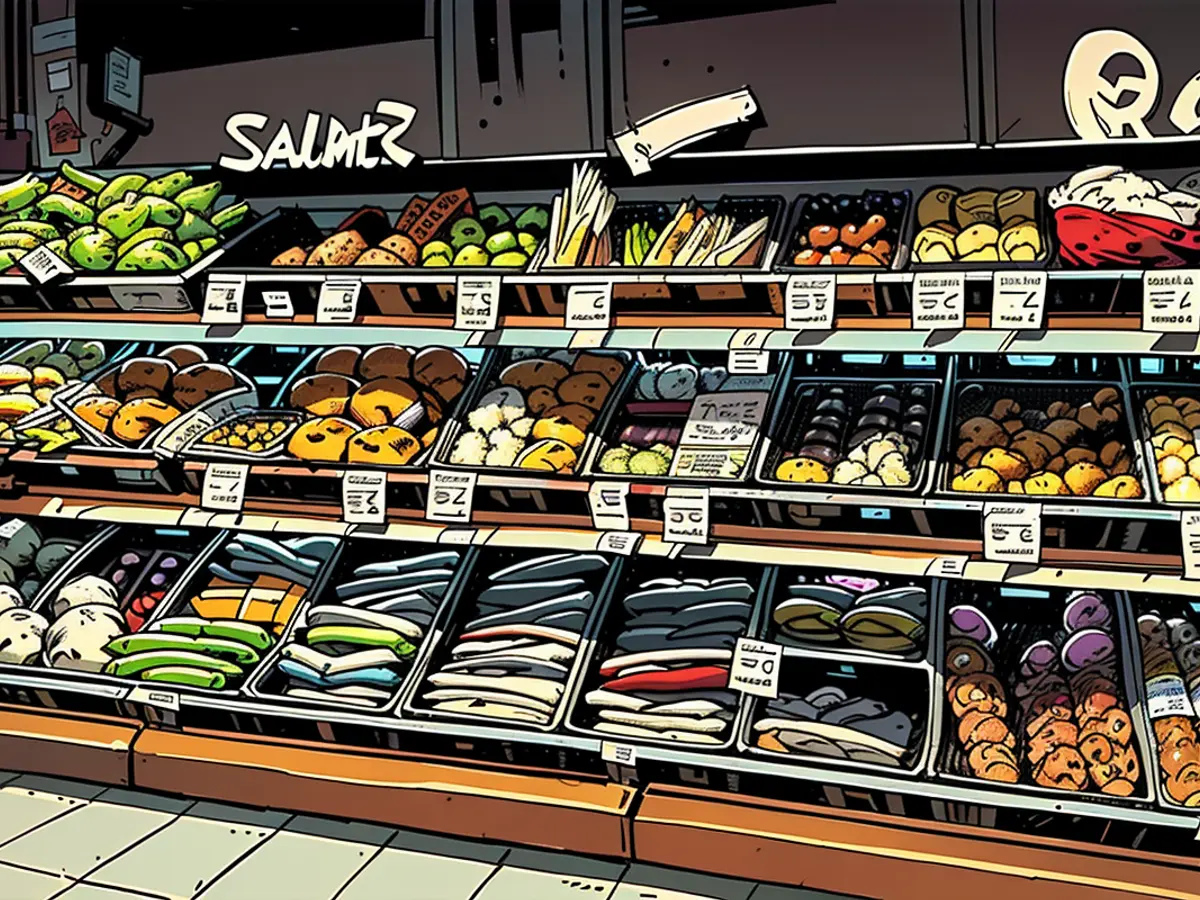Inflation rate falls to 2.2 percent in June
The increase in prices for goods and services has once again decreased in June, according to the Federal Statistical Office. The inflation rate averaged 2.2 percent and was lower than in May, which had seen an inflation rate of 2.4 percent on an annual basis. Experts had only predicted a decrease to 2.3 percent.
In May, the inflation rate had risen for the first time this year, after it had reached the lowest level since around three years in March and April, both with a rate of 2.2 percent. According to statisticians, the inflation rate excluding food and energy, often referred to as the core inflation, is expected to be around 2.9 percent in June. Energy prices even decreased by 2.1 percent on an annual basis. However, food prices rose by 1.1 percent. The trend of the past three months, during which the increase continued to grow, was also maintained here.
The inflation trend in this country and in the euro area, according to economist Robert Greil of Merck Finck, remains downward-oriented. The European Central Bank (ECB) aims for an inflation rate of two percent for the 19-country euro area.
This mark could already be undershot in Germany according to the Ifo Institute: "The inflation rate should continue its decline gradually and sink below the two-percent mark for the first time since March 2021 in August," predicts Konjunkturchef Timo Wollmershauser. According to the Munich Research Institute, fewer companies in industry and consumer-oriented sectors had planned price increases in June compared to the previous month.
The decrease in June's inflation rate is a welcome relief for the economy, as it moved back below the 2.4% rate seen in May. This new rate of 2.2% could potentially lead to less withdrawal of funds from savings accounts due to lower inflation-driven interest rate erosion, which is measured in percent. However, the experts' prediction of a 2.3% rate was not met, indicating unexpected economic fluctuations.








